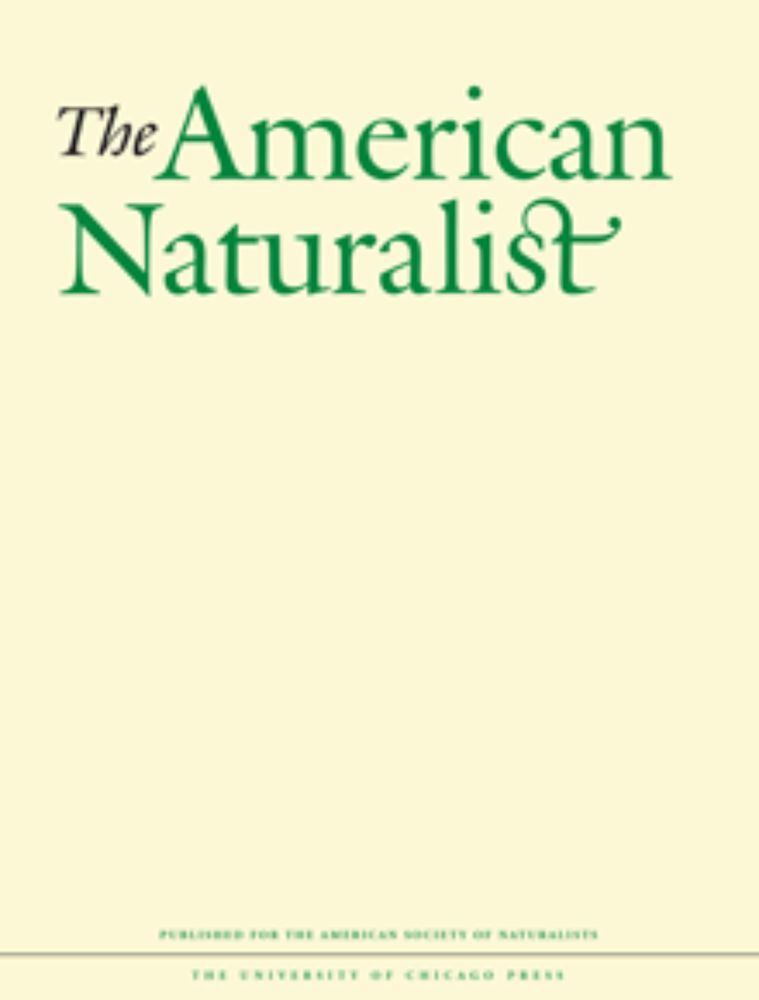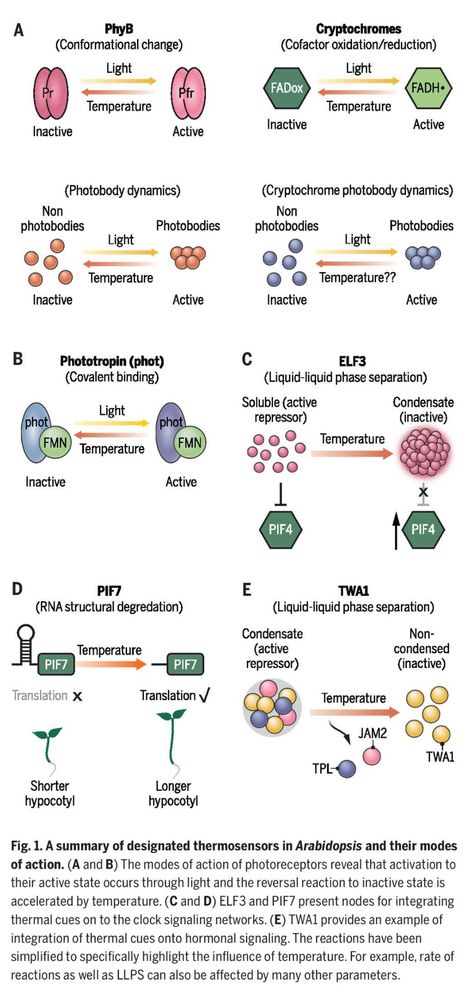we propose a new theory of metabolic scaling grounded in thermodynamics and stochastic fluctuations at the cellular level.
www.biorxiv.org/content/10.1...

we propose a new theory of metabolic scaling grounded in thermodynamics and stochastic fluctuations at the cellular level.
www.biorxiv.org/content/10.1...

Our new paper in @esajournals.bsky.social Ecol. Monogr. shows how the way individuals specialize on their mutualistic partners can scale up to shape species persistence.
🔗 doi.org/10.1002/ecm....

Our new paper in @esajournals.bsky.social Ecol. Monogr. shows how the way individuals specialize on their mutualistic partners can scale up to shape species persistence.
🔗 doi.org/10.1002/ecm....
Across frogs, fish, worms, and flies we found a shared scaling law, and uncovered why deviations from Arrhenius behavior emerge.
👉 doi.org/10.1038/s41467-025-62918-0

Across frogs, fish, worms, and flies we found a shared scaling law, and uncovered why deviations from Arrhenius behavior emerge.
👉 doi.org/10.1038/s41467-025-62918-0
Read now!
www.journals.uchicago.edu/doi/10.1086/...

Read now!
www.journals.uchicago.edu/doi/10.1086/...

Curious? Read more in this review by former WeigelWorld members Sridevi Sureshkumar & Suresh Balasubramanian.
#plantscience
www.science.org/doi/10.1126/...

Curious? Read more in this review by former WeigelWorld members Sridevi Sureshkumar & Suresh Balasubramanian.
#plantscience
www.science.org/doi/10.1126/...
📄 doi.org/10.1098/rsif... 🧵1/ 🧪

📄 doi.org/10.1098/rsif... 🧵1/ 🧪

